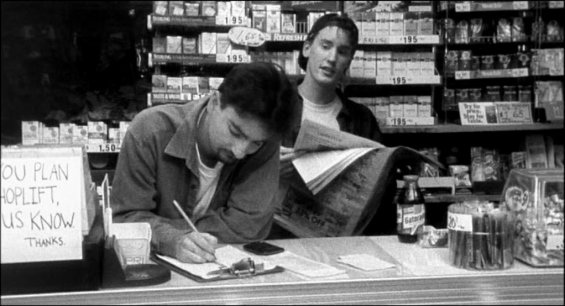Sofia Coppola’s “The Bling Ring” rounds out a trio of movies over the last few months that dig into the mystical fascination with the have-more culture. Harmony Korine showed in “Spring Breakers” that this mentality can be disgusting and terrifying, Baz Luhrmann demonstrated with “Gatsby” that it can be destructive, and Coppola has shown just how boring and silly this affinity for celebs, fashion and luxury can be.
Coppola has waded these waters before, depicting the lives of the glamorous, wealthy and famous in quasi-comedies that feel dull, mundane and simplistic. Yet to call “The Bling Ring” her most high-octane movie yet doesn’t say much. It depicts the crimes of five Los Angeles teenagers with detached apathy, like Coppola is staring back at the vacuous on-screen teens with the same expressions they turn toward their parents.
Based on a true story, “The Bling Ring” begins with Marc (Israel Broussard), a new kid in school, making friends with Rebecca (Katie Chang). She admires his style, perhaps, and the two pass time sitting idly at the beach, calling out to friends with the poshest of pleasantries like “Yo bitch.”
She passively encourages Marc to start breaking into cars and homes with her. The two steal wads of cash and select purses, blouses and watches with ease, doing so not because it’s right or wrong or gives them a high but because it was there and it was easy. Continue reading “The Bling Ring”
